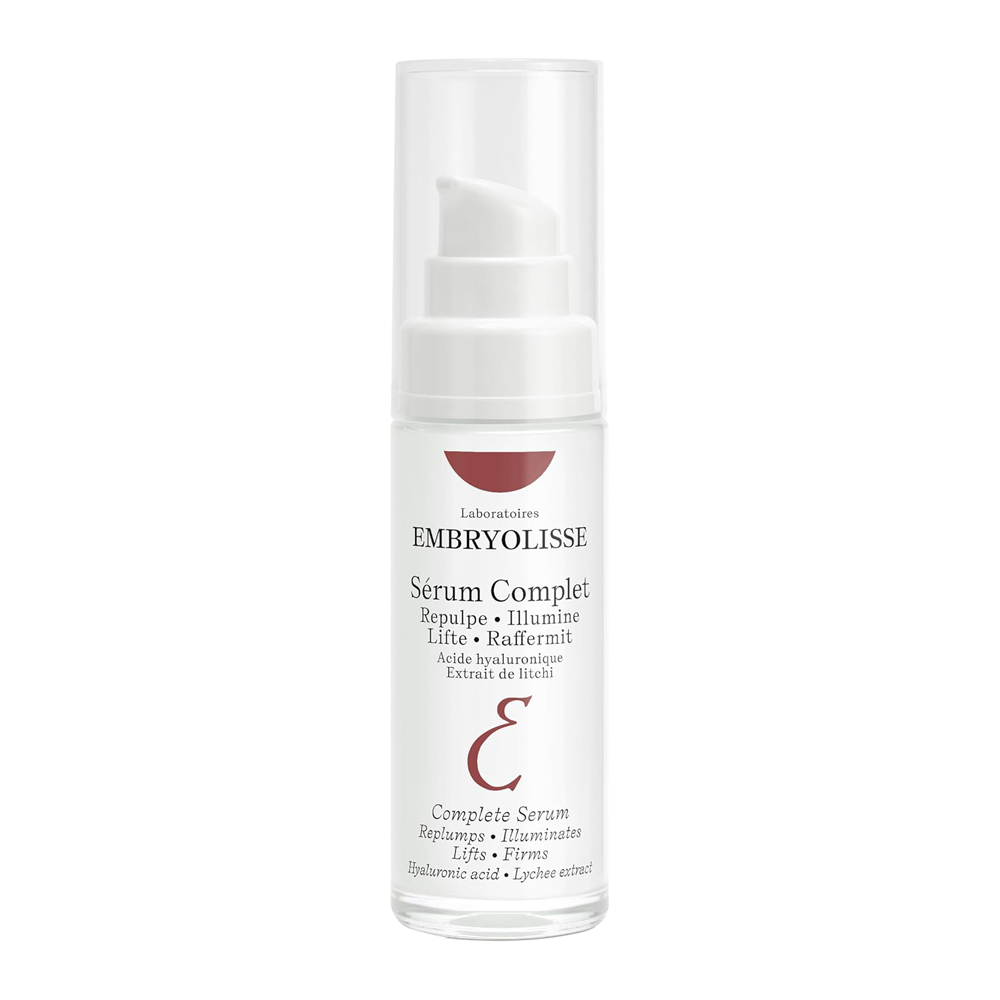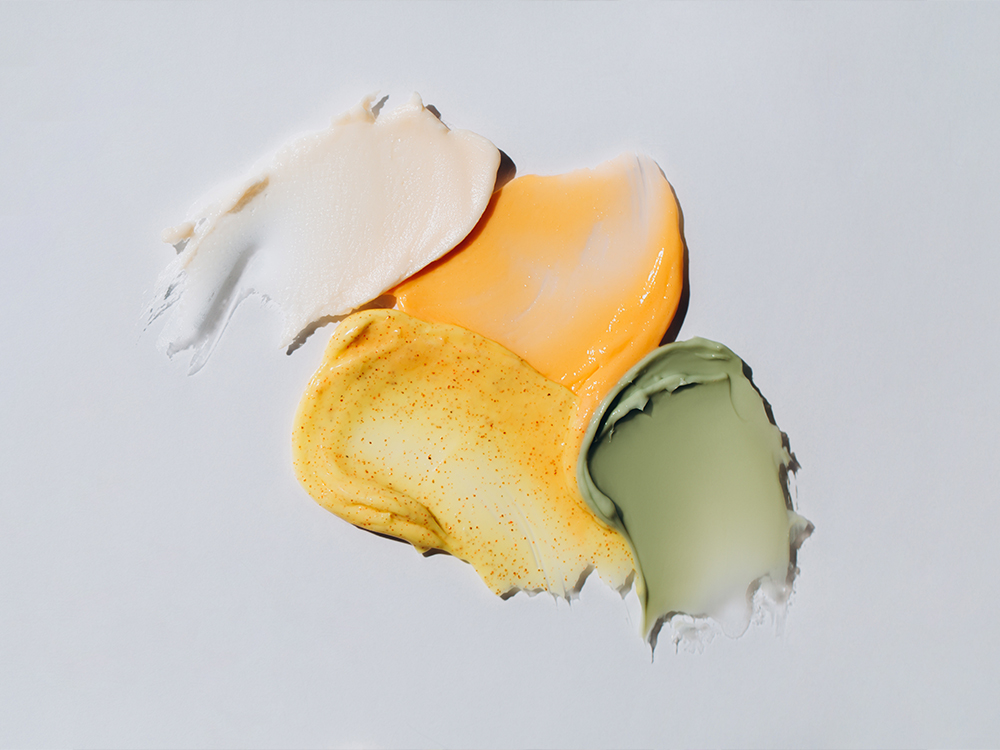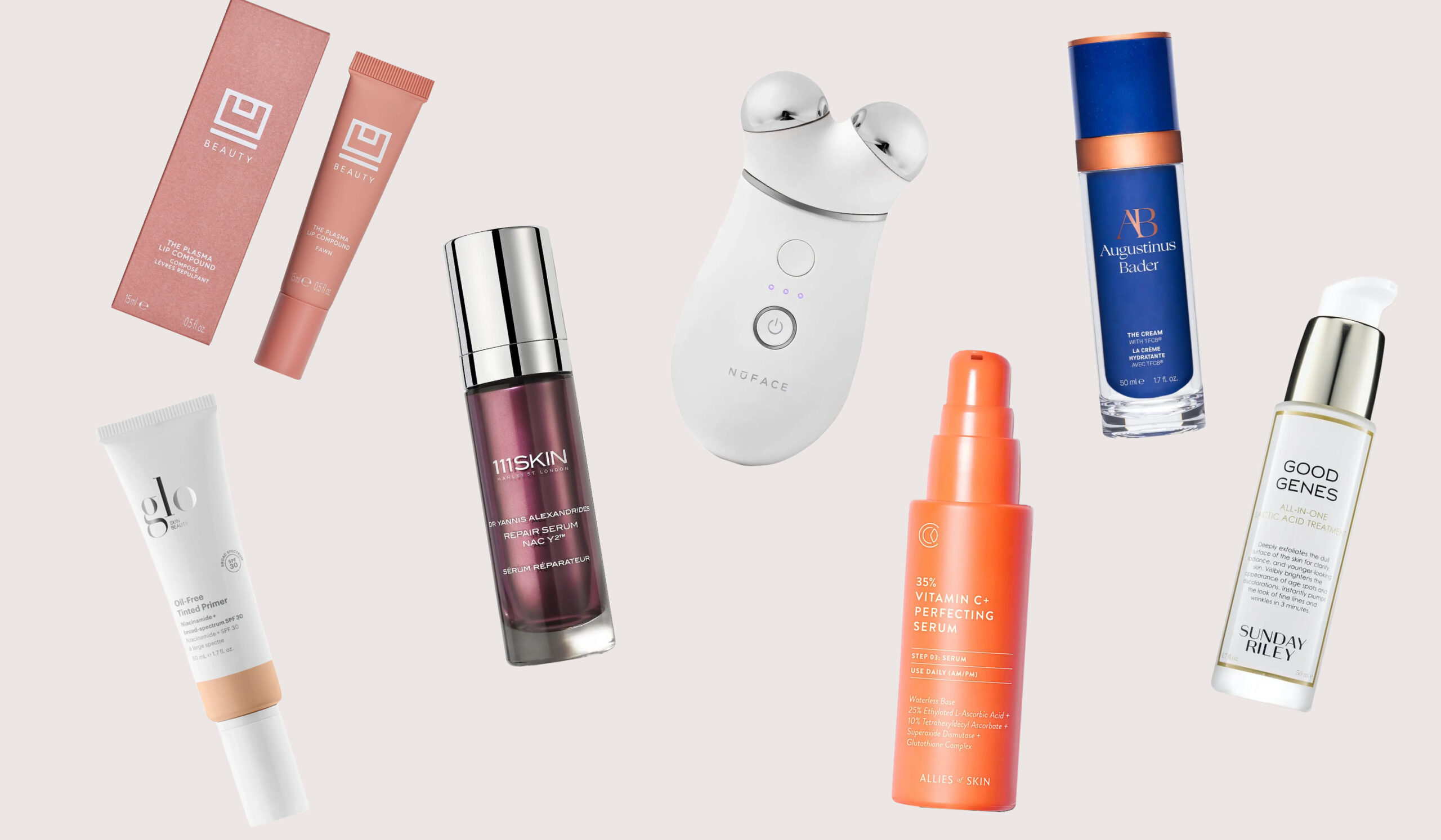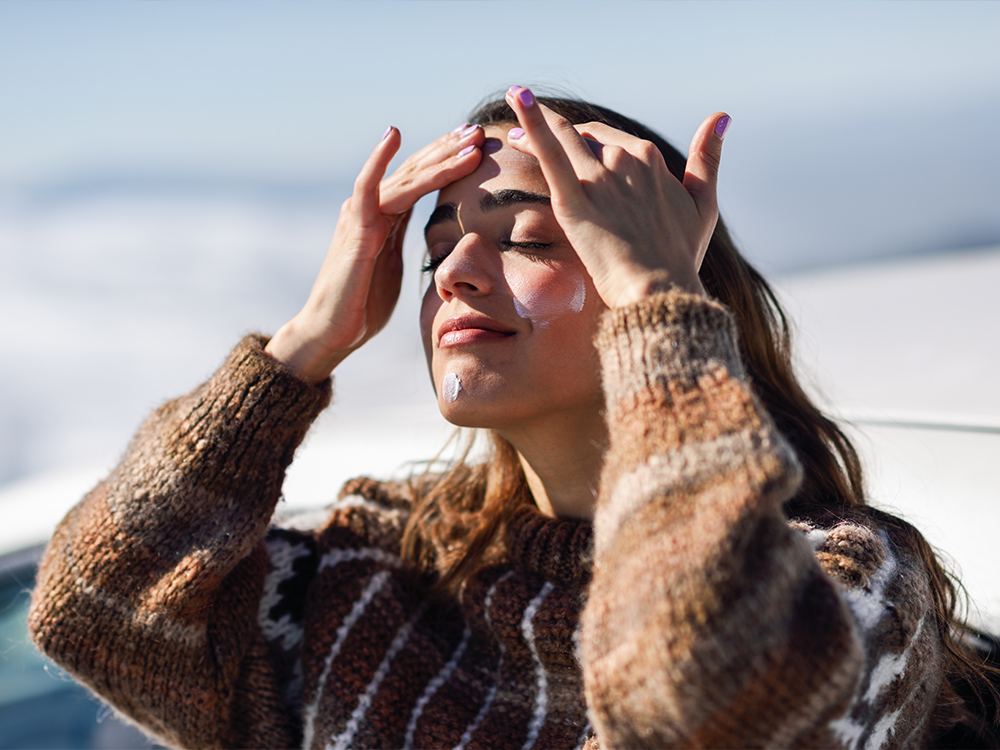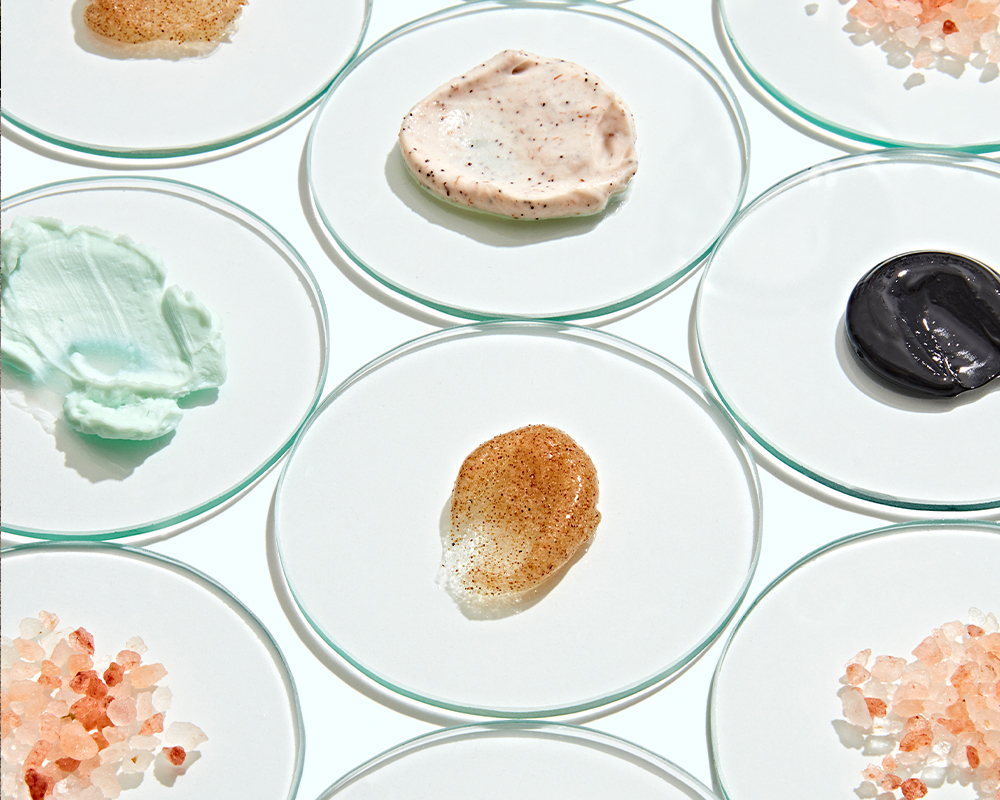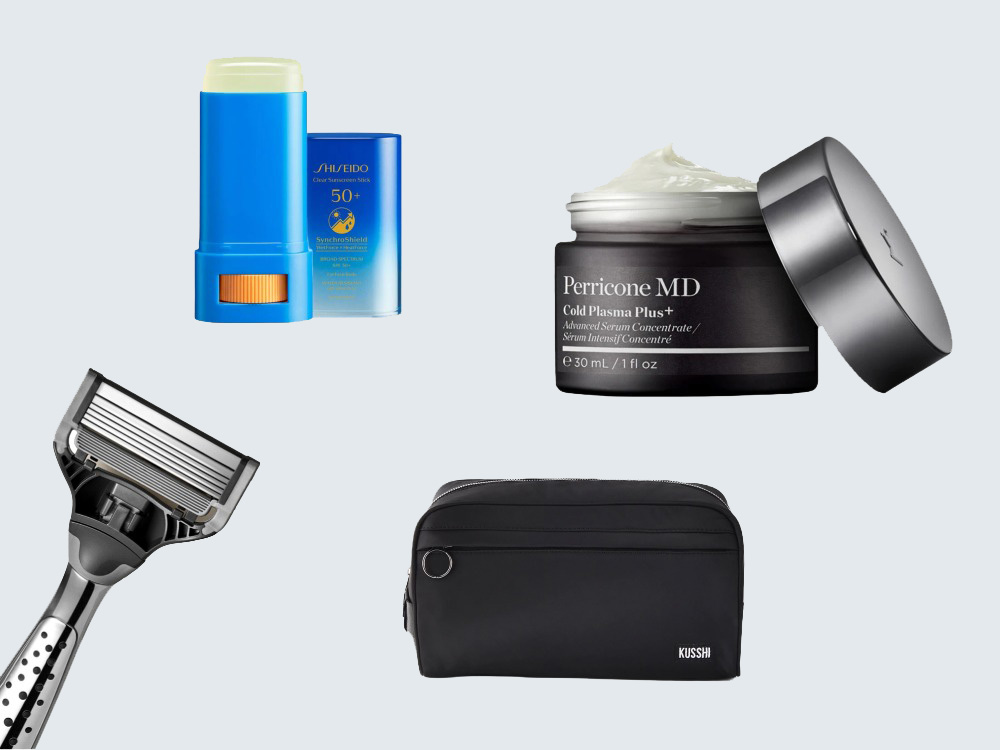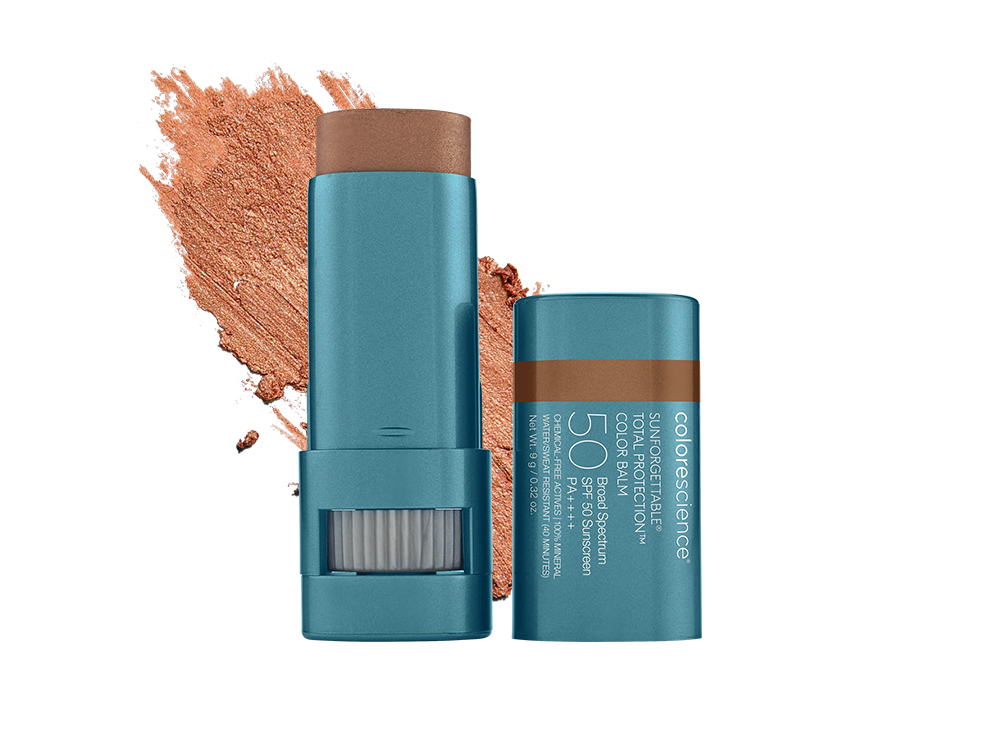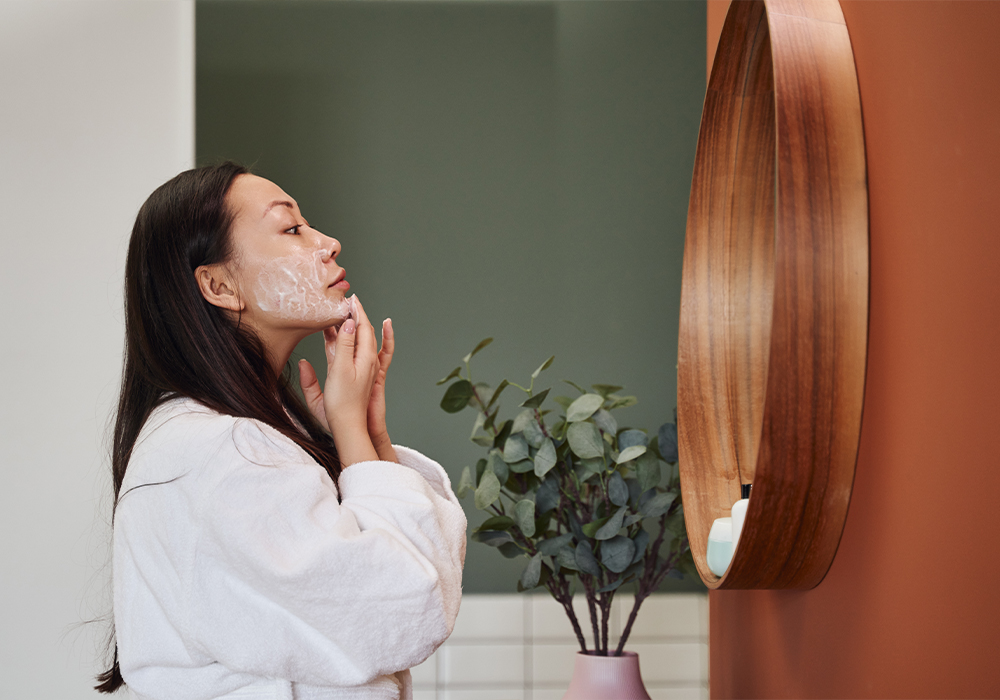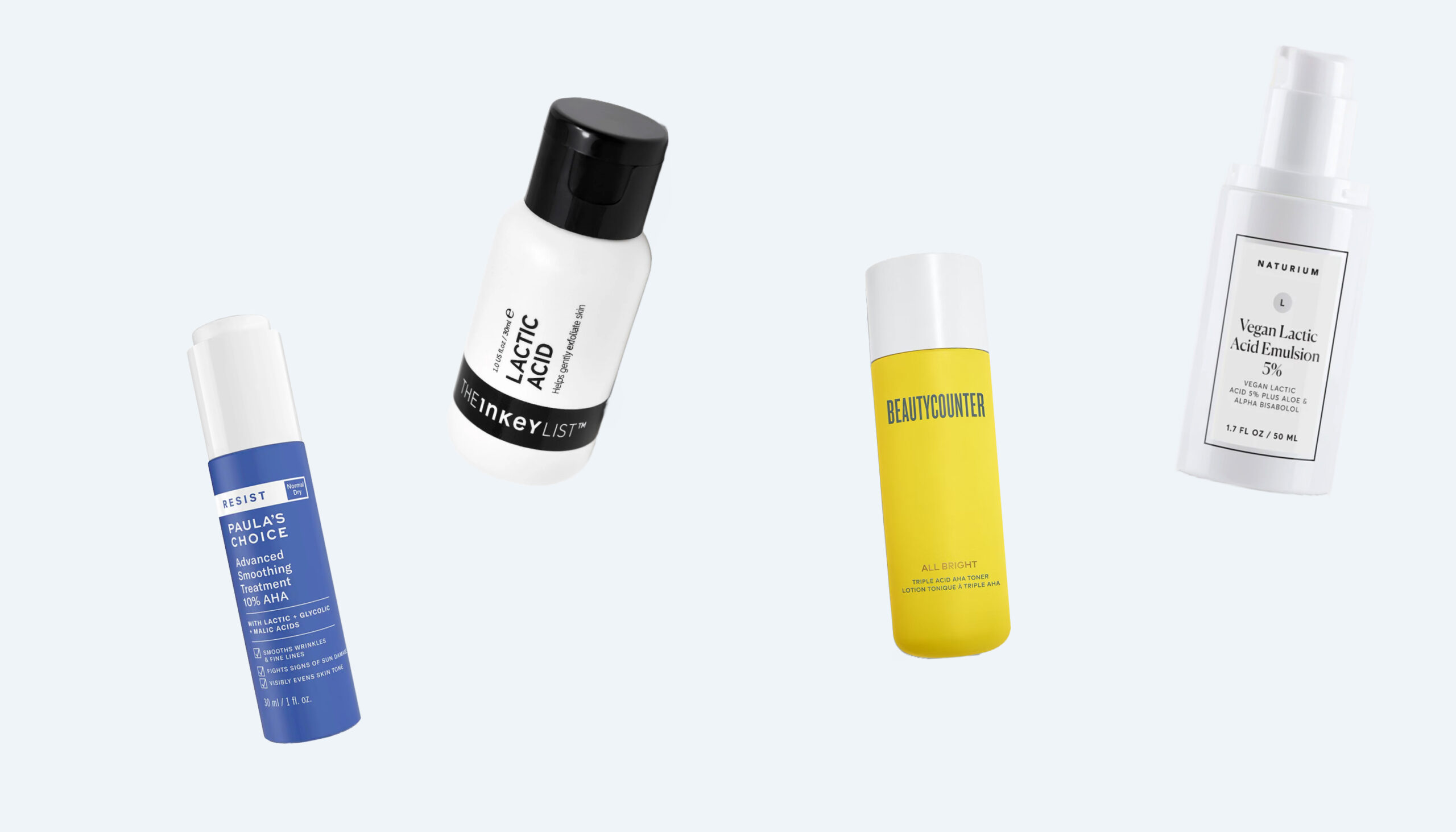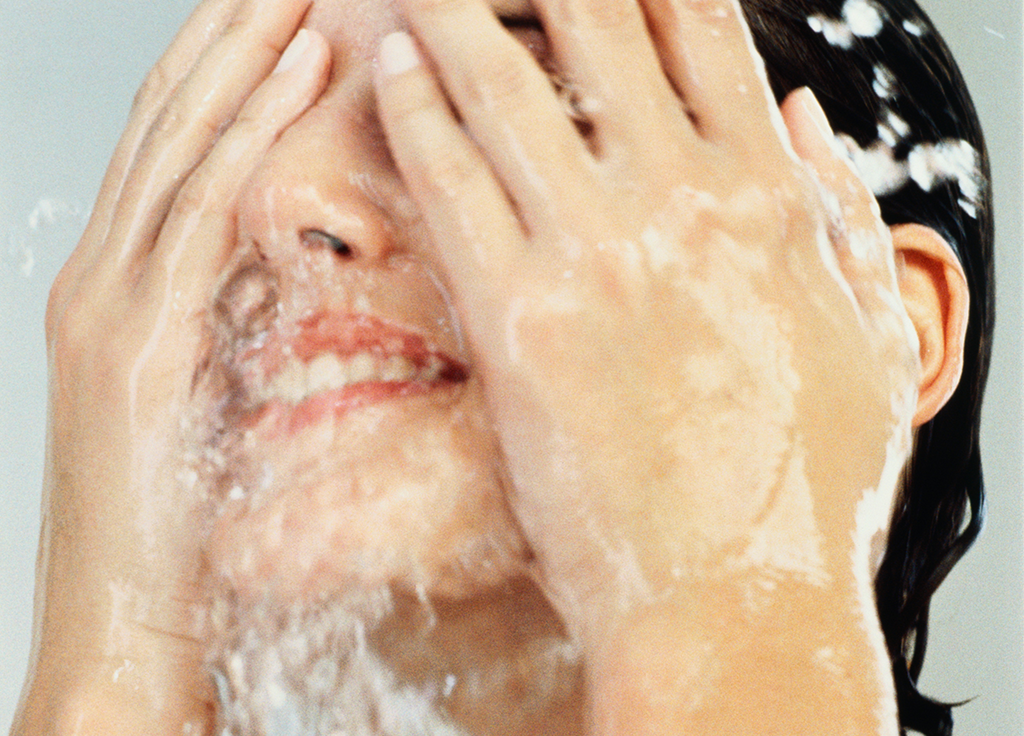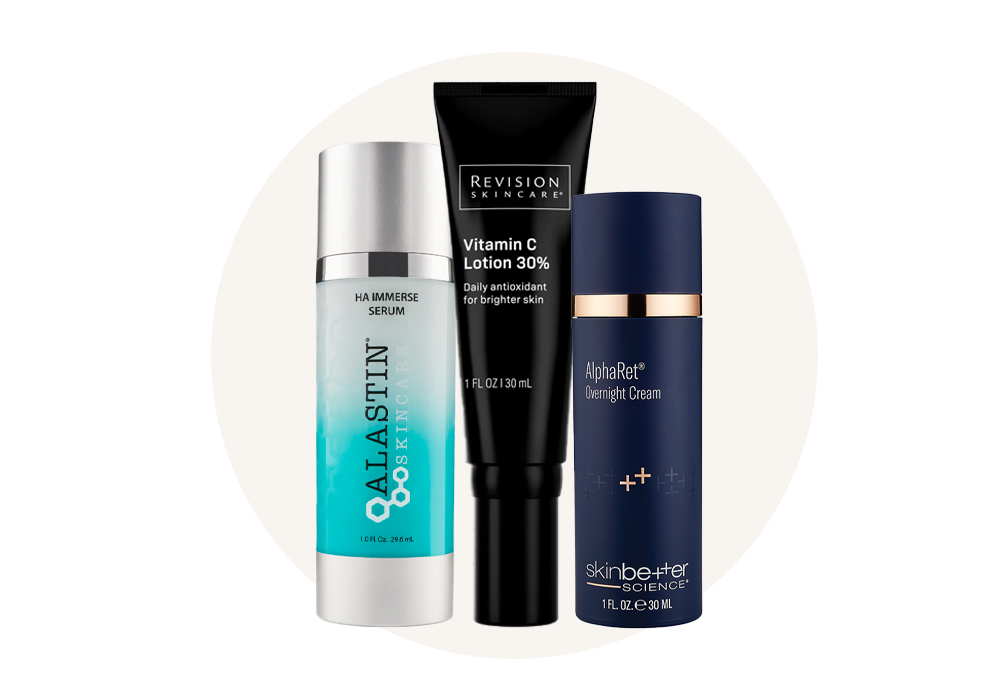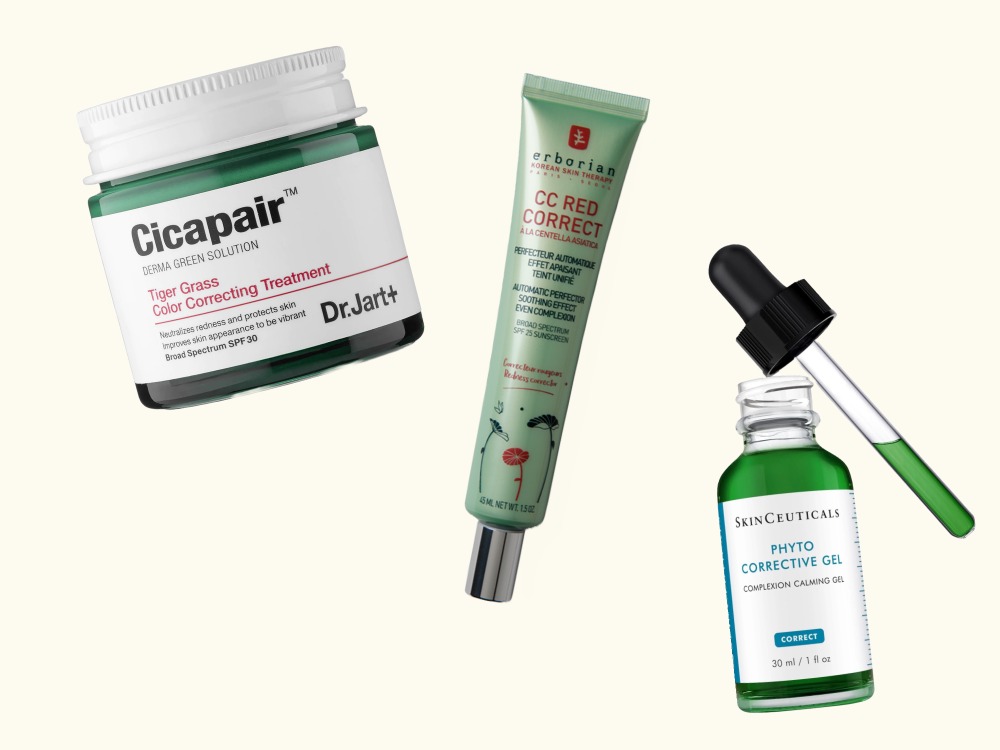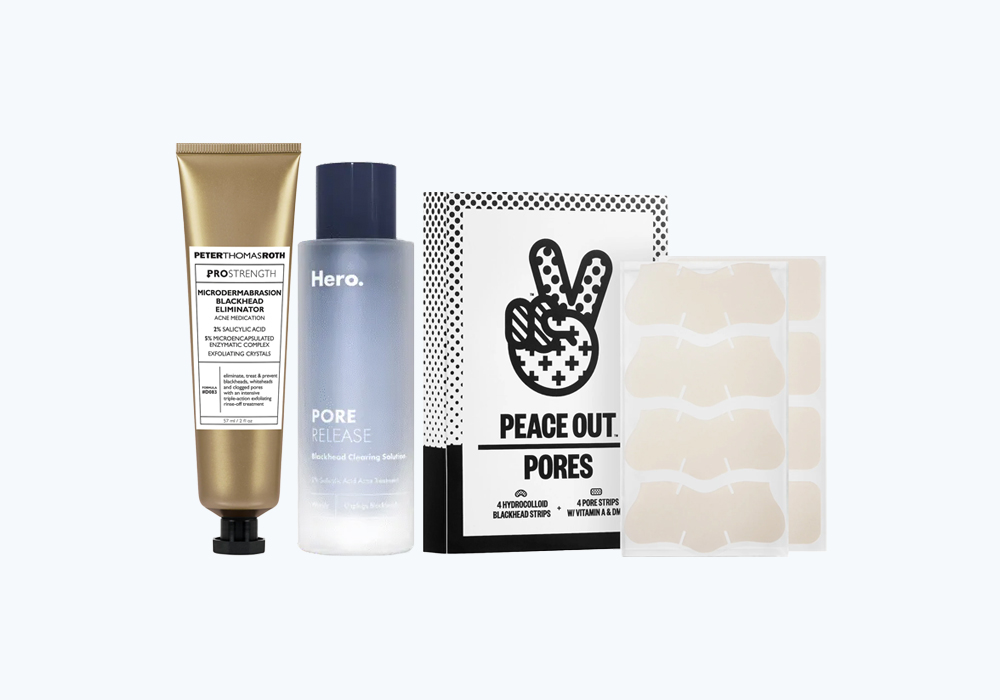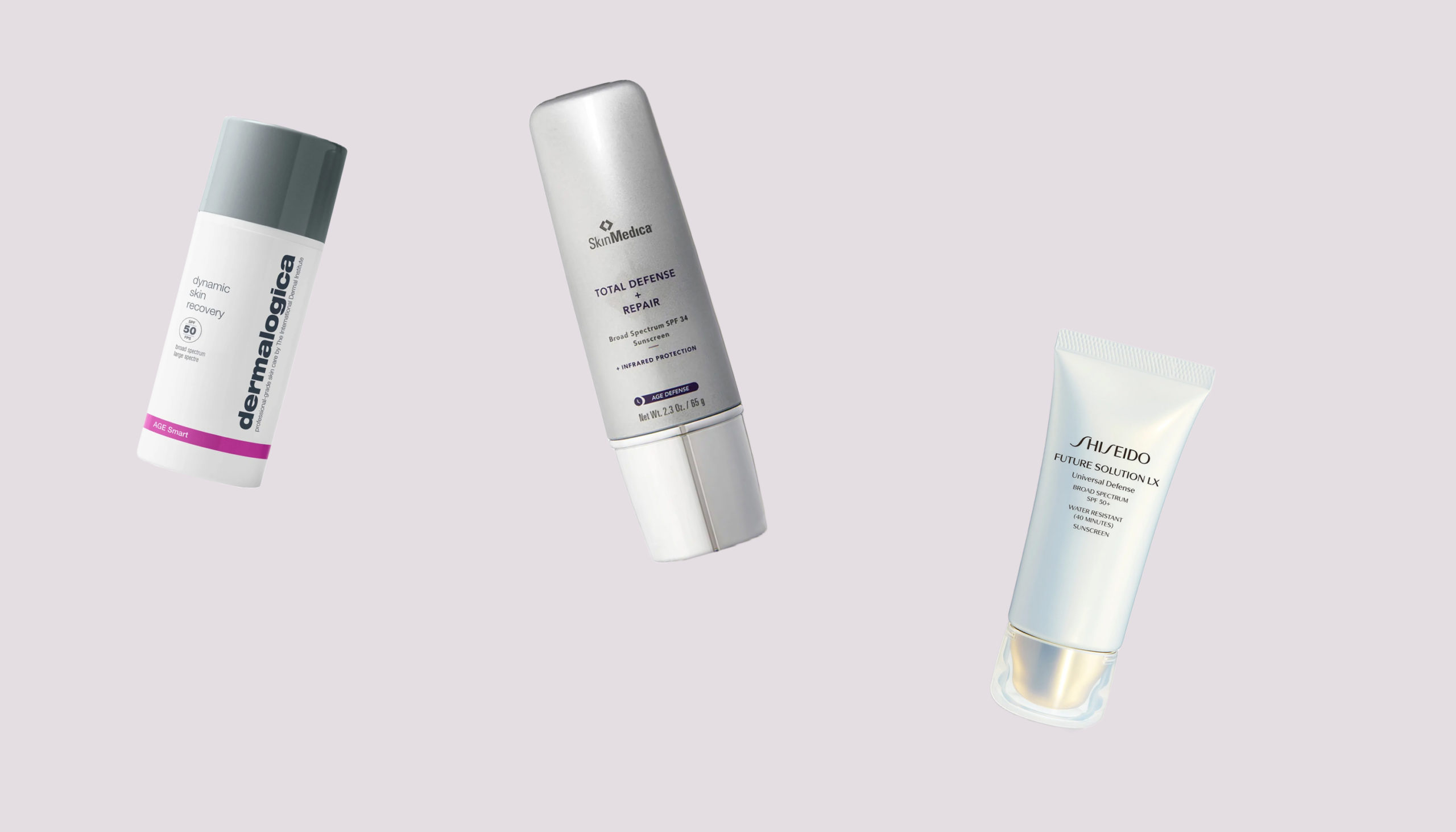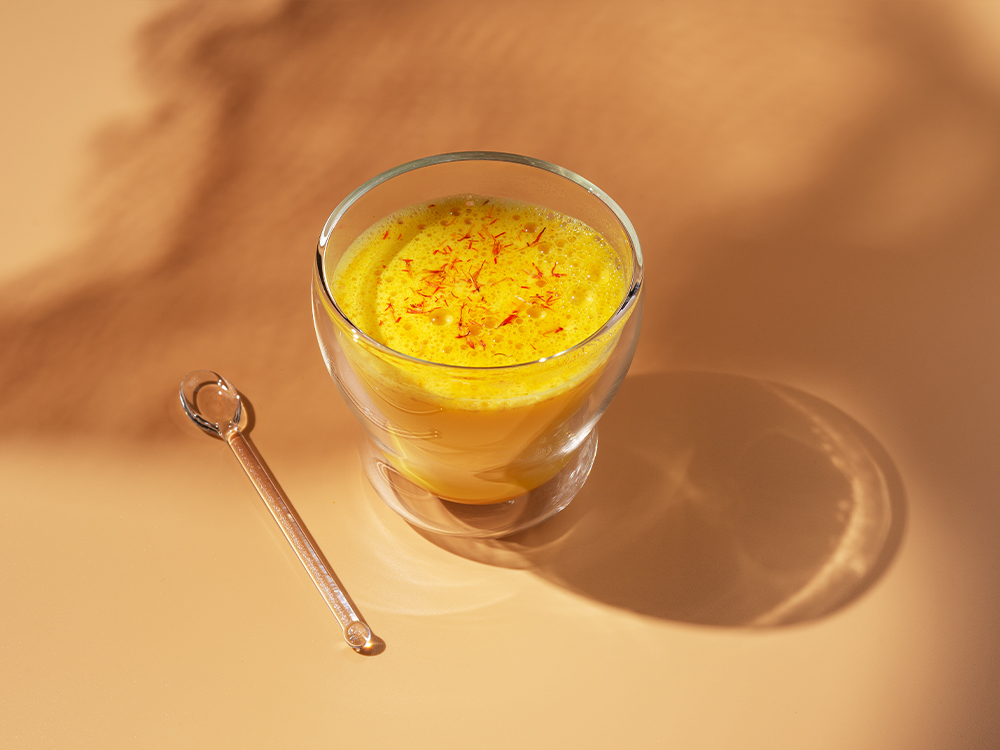Imagine wearing the same outfit for years and years. You never would, right? So why do the same with your skin care? Just as we swap out things in our closets for better-made pieces and the latest trends, the same should happen with your medicine cabinet. “To some degree, the skin sort of gets used to a routine,” says Charlotte, NC dermatologist Gilly Munavalli, MD. “I think mixing it up is always good. It’s always good for your skin to not get used to one specific routine.”
Whether you’re struggling with dehydrated skin, dark spots, hyperpigmentation, acne, redness, fine lines and wrinkles or any other combination of skin concerns, we’ve got you covered. Ahead, expert dermatologists share the 16 ingredients they want you to start using in 2024, from fresh ground-breakers to ones that have been flying under the radar for years.
The Best Dermatologist-Recommended Ingredients
Lactic Acid
Alphahydroxy acids, better known as AHAs, are having quite the moment in skin care right now. Beloved for their array of exfoliating, skin-clearing and even hydrating properties, the array of AHAs on the market today—from glycolic to azelaic and mandelic—are many experts’ first line of defense against an array of skin issues. For Houston, TX dermatologist Jennifer Segal, MD, lactic acid is a personal favorite.
“Lactic acid is produced in our muscles and red blood cells when the body breaks down carbohydrates for energy, but it’s also produced in bacterial species like decomposing plants and milk products,” Davie, FL dermatologist Lesley Clark-Loeser, MD told NewBeauty. Suitable for use head to toe, lactic acid is a great, glow-inducing gentle exfoliant to add to your skin-care lineup.
CO2Lift
CO2 is another ingredient that has been making a name for itself in the world of skin care, from CO2 peels to innovative, medical-grade topical treatments like CO2 Lift. Short for carboxytherapy, CO2 Lift is “uses the BOHR effect to induct moisture into the skin increasing the moisture by over 100 percent,” explains Dr. Downie. “Patients love it for the face, and there is even an intimate one for intimate areas called CO2 V. This is a fantastic product that helps with eczema, psoriasis, and dry skin as well as vaginal and penile issues.”
Mandelic Acid
Another AHA that experts and patients alike can’t get enough of is mandelic acid, and it’s also a must-incorporate ingredient for Dr. Segal. “I love lactic and mandelic acids because of their ability to gently exfoliate and hydrate the skin,” Dr. Segal notes. it’s sourced from bitter almonds, and as cosmetic chemist Laura Lam-Phaure told NewBeauty, mandelic acid features a larger molecular size that allows for slower penetration and, as a result, gentle exfoliation and hydration with minimal side effects like drying or flaking.
Glycerin and Hyaluronic Acid
“Moisturization is key to maintaining an healthy skin barrier and microbiome,” begins New York dermatologist Heidi A. Waldorf, MD. “Look for products that contain glycerin and/or hyaluronic acid. These are powerful humectants used in serums, creams and lotions to hold moisture in the skin like a tiny sponge. Neutrogena Hydro Boost Water Gel Moisturizer ($27) and Water Cream Moisturizer ($28) both contains glycerin and sodium hyaluronate (hyaluronic acid) plus urea, another good humectant.”
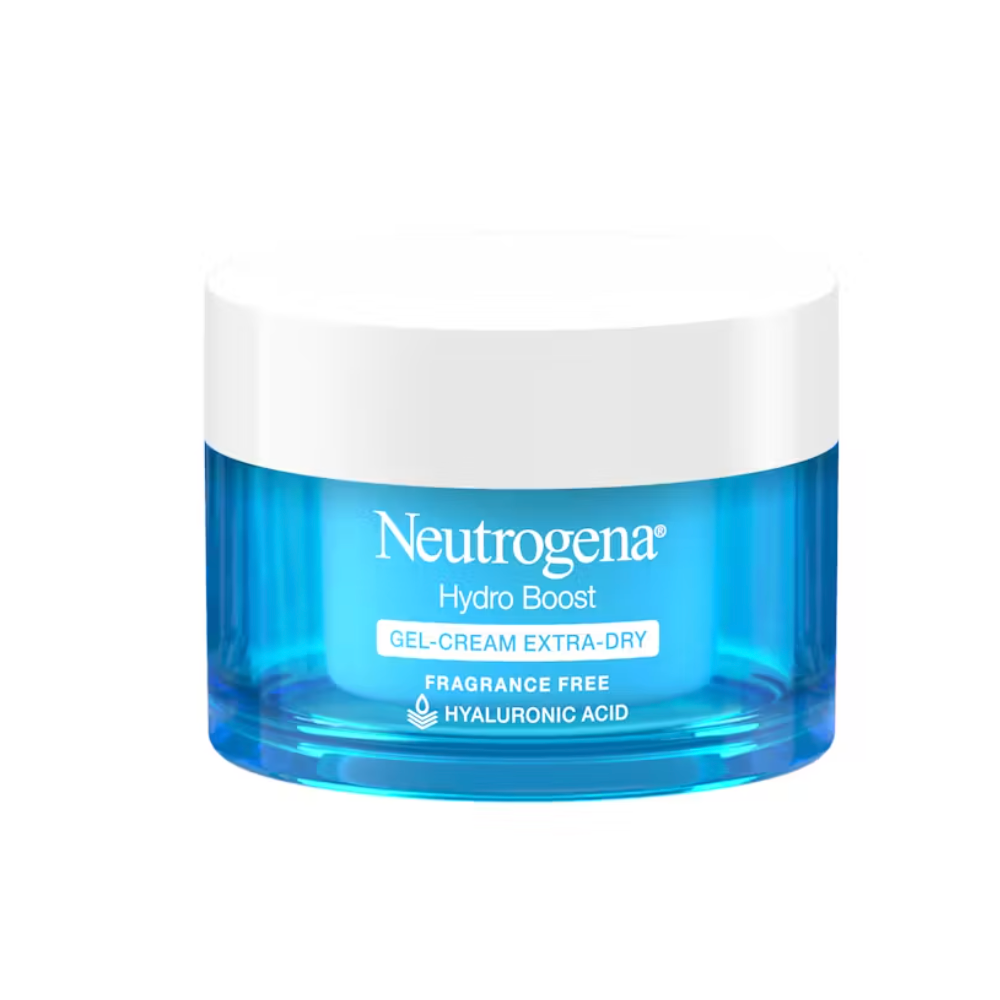
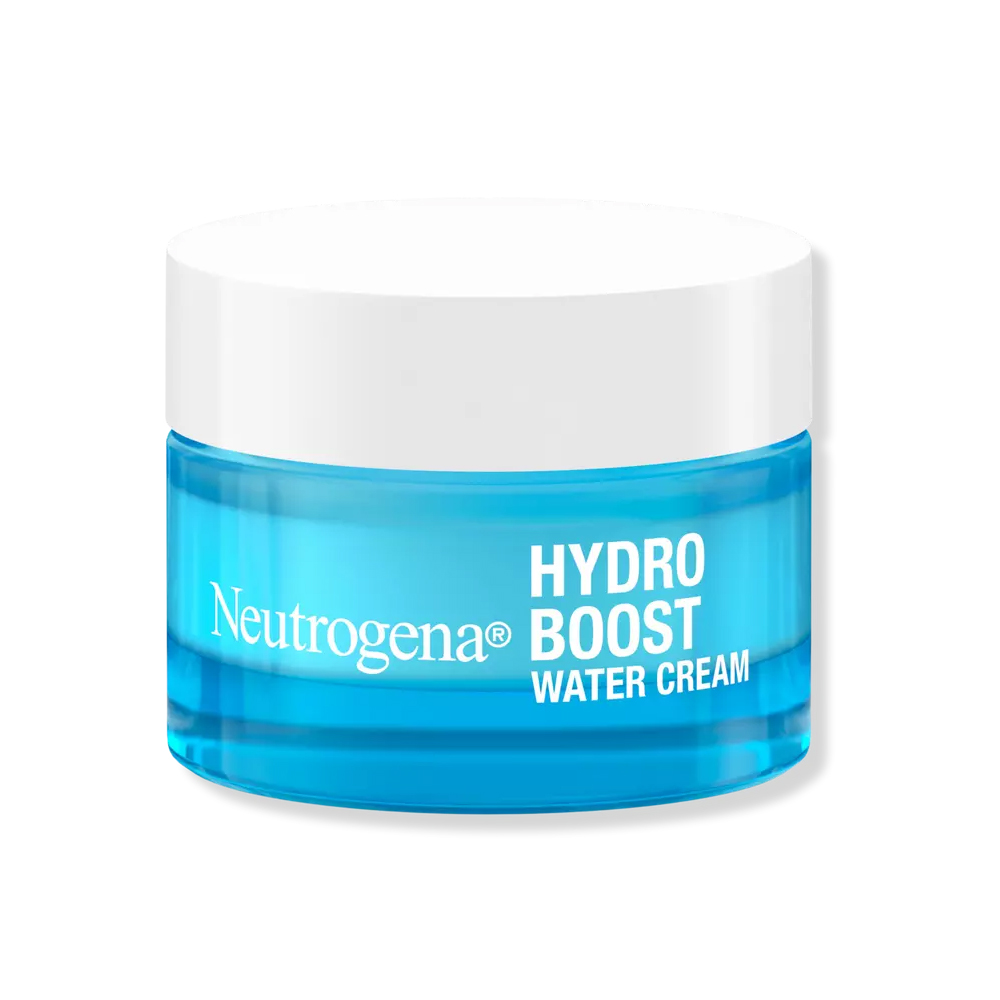
As Dr. Waldorf notes, “Even if it isn’t highlighted, glycerin is often a significant ingredient in other anti-aging products to increase moisturization while delivering other anti aging ingredients. For example, Alastin Restorative Skin Complex with TriHex Technology ($230) contains glycerin and Caudalie Resveratrol Lift and Premier Cru lines contain glycerin and hyaluronic acid with resveratrol and viniferin respectively. These humectants are even used in prescription products: glycerin and sodium hyaluronate (hyaluronic acid) reduce irritancy and improve tolerability in prescription Altreno 0.05% tretinoin lotion.”
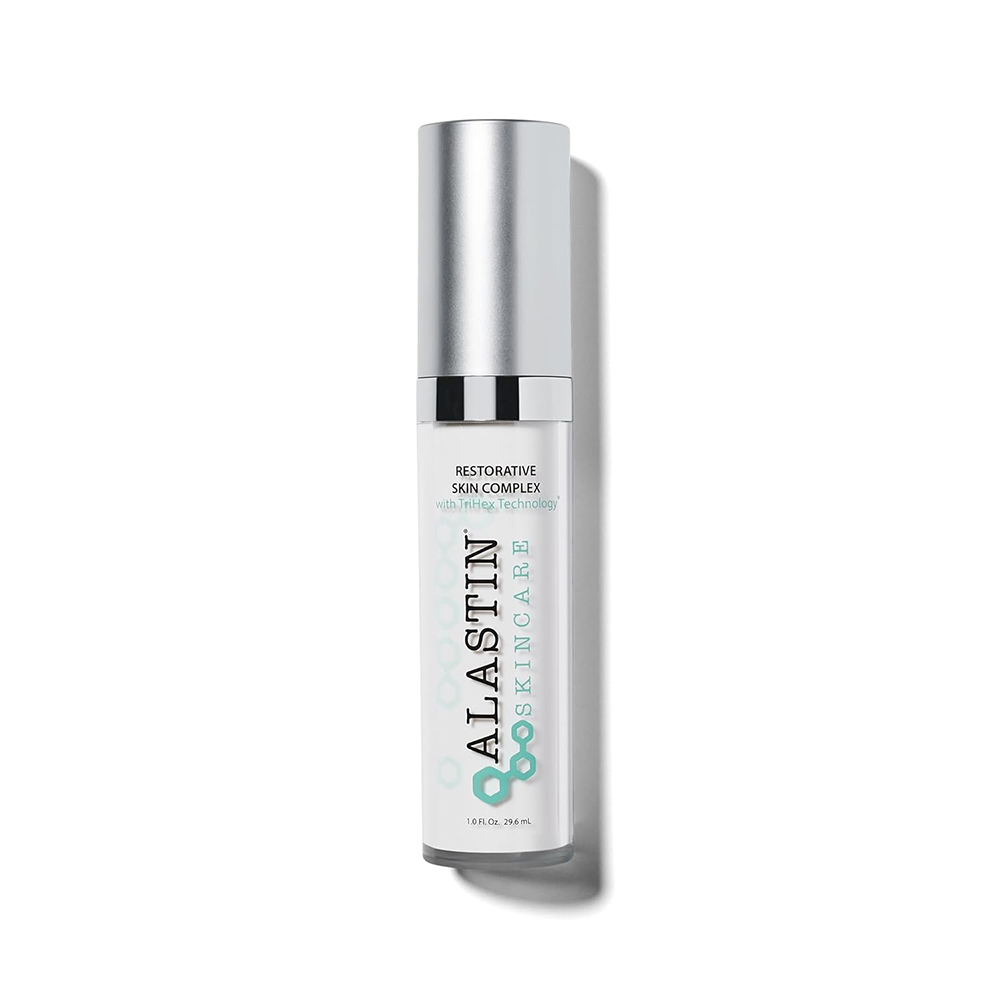
Metalloproteinase inhibitors
“Alterations in collagen and elastin of the extracellular matrix are primarily responsible for the clinical manifestations of skin aging such as wrinkles, sagging, and laxity,” explains New York dermatologist Julie Russak, MD. The atrophy of collagen and elastin fibers in skin aging is predominantly due to the increased expression of their degradative enzymes, metalloproteinases. One of these MMP inhibitors is Polypodium leucotomos (PL) extract, and it is a rising star in the world of skin care. Studies suggest PL extract may enhance the effectiveness of sunscreen by offering additional photoprotective benefits. It may also help reduce sunburn and inflammation caused by UV exposure, as well as inhibit collagen and elastin degradation. PL extract’s also show anti-inflammatory properties and may be beneficial for those with conditions like rosacea or eczema.”
Melasyl
La Roche-Posay all but broke the internet with the launch of their latest and greatest skin-care innovation—Mela B3 Dark Spot Serum With Melasyl + Niacinamide ($45)—and users everywhere have been in awe at the dark spot-reducing qualities, whether it be post-acne marks, hyperpigmentation, age spots or sun spots, and Montclair, NJ dermatologist Jeanine Downie, MD has since added the product and it’s hero ingredient to her list of must-use ingredients.
“La Roche-Posay has a new MelaB3 serum that helps to correct dark spots that has 10% niacinamide and melasyl in it,” Dr. Downie explains, “this combination helps with discoloration from sunspots, hyperpigmentation and acne spots on both the face and body.” Born from 18 years of extensive research and large-scale screening of 100,000 molecules, melasyl is La Roche-Posay’s newest, exclusive and multi-patented ingredient that visibly reduces the and corrects the look of discoloration across the skin.

Postbiotics
When we think of terms like prebiotics or postbiotics, we tend to go right to gut health. But, as Dr. Russak explains, postbiotics can be great skin helpers, too. “Postbiotics are byproducts of ‘good’ bacteria and are emerging as a potential new frontier in skin care. While research is ongoing, postbiotics have been shown to support a healthy skin microbiome, which can contribute to overall skin health and resilience.”
Peptides
We’ve all heard of peptides in skin care and hair care at this point, but as Dr. Russak explains, the ingredient’s importance in skin care is not to be overlooked. “Peptides are short chains of amino acids that act as messengers in the skin,” Dr. Russak begins, “traditional peptides have shown promise in skin care, and new research is focusing on more targeted and advanced peptide sequences with potentially enhanced benefits for collagen production, muscle relaxation to help with lines and wrinkle prevention and signaling molecules to improve cellular repair.”
Iron oxides
“As more and more studies are showing the likely negative skin effects of blue light, I am recommending patients to include blue light-protective ingredients in their skin-care regimens,” says New York dermatologist Blair Murphy-Rose, MD. “Iron oxides is one example that can defend against worsening of hyperpigmentation like melasma.”
Look for sunscreens containing iron oxides. Unlike the active ingredients in sunscreens that are easily located at the top of an ingredient list, iron oxides will be found deep in an ingredient list, so look carefully for it, cautions Dr. Murphy-Rose. Her go-to is Alastin Hydratint Pro Mineral Broad Spectrum Sunscreen SPF 36 ($76), as in addition to iron oxides it contains ectoin for additional blue light protection. “Hydratint feels light on skin but provides excellent broad-spectrum protection,” she says. “I have had many happy patients report back after trying this product.” Iron oxides can also be found in Payot Drying and Purifying Gel ($25), a spot treatment that fights irritation while banishing breakouts.
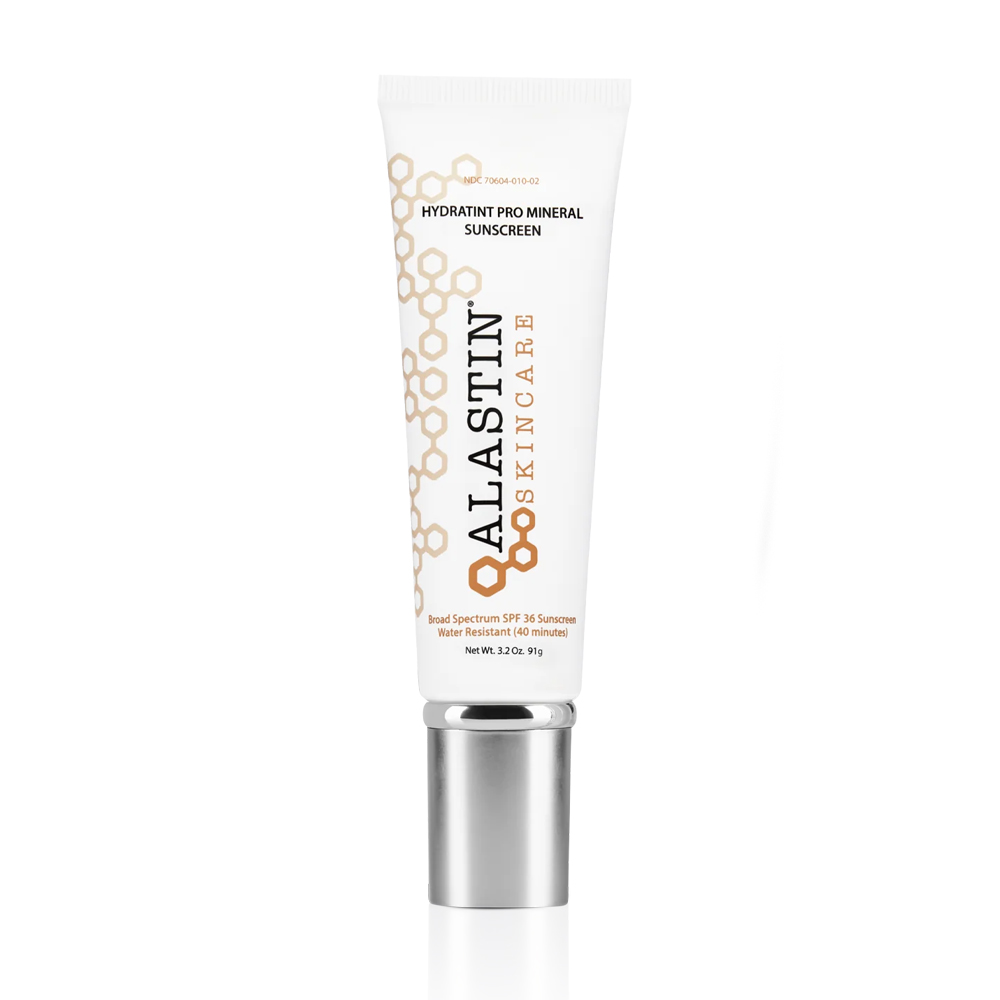

1% Hydrocortisone
“Hydrocortisone is a simple, proven ingredient that has multiple benefits for many irritating skin conditions, including dry, chapped skin and lips, eczema, minor allergic reactions in the skin, rashes and even inflammation from bug bites,” says Omaha, NE dermatologist Joel Schlessinger, MD. “As a mild corticosteroid, it works by helping soothe symptoms of these conditions by calming the body’s immune response.”
Typically, hydrocortisone comes in a cream that can be messy, so Dr. Schlessinger and his son, Dr. Daniel Schlessinger, invented a 1% Hydrocortisone Healing Balm ($21) that comes in a convenient balm stick for easier application. “It doesn’t melt or become messy and also includes emollient ingredients like shea and cocoa butter to keep skin feeling comfortable and hydrated,” he says.
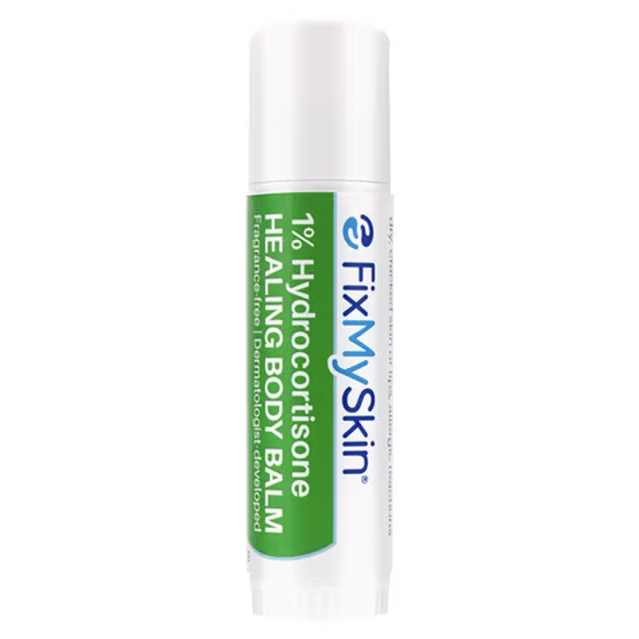
Niacinamide
A form of vitamin B3, niacinamide has garnered major buzz for its anti-inflammatory properties and ability to boost skin hydration. “As a topical, it is protective against UV damage,” Dr. Munavalli says. “It’s being used in many different formulations because of its anti-aging abilities.” The multitasker boosts the lipid barrier, eases redness, minimizes pores, fights hyperpigmentation, reduces fine lines and wrinkles, and regulates oil. Paula’s Choice 10% Niacinamide Booster ($49) shines the spotlight on it and also contains vitamin C to brighten and licorice extract to soothe irritation.
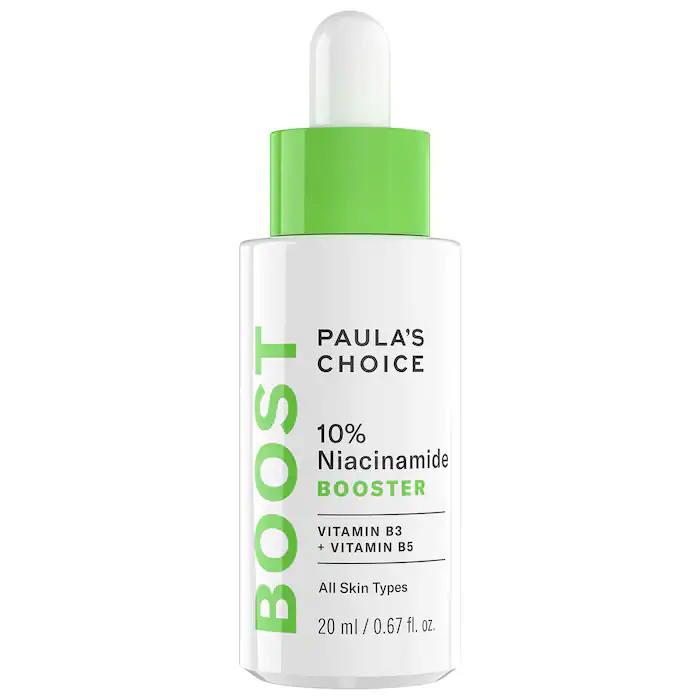
Madecassoside and asiaticoside in centella asiatica
The active ingredients madecassoside and asiaticoside—found in centella asiatica—are becoming even more popular in skin-care products—and for good reason. “Their anti-inflammatory benefits are now well established and with consumers becoming more aware of the sustainability of their products, all-natural ingredients like these occurring in the centella plant are a win-win,” Dr. Murphy-Rose says. “Dr. Jart+ Cicapair Tiger Grass Cream ($54) is my go-to winter face moisturizer and one I frequently recommend when the humidity drops or year-round for those with dry skin.” The Onå New York Firming Serum ($67) also has centella asiatica, along with peptides and antioxidants.
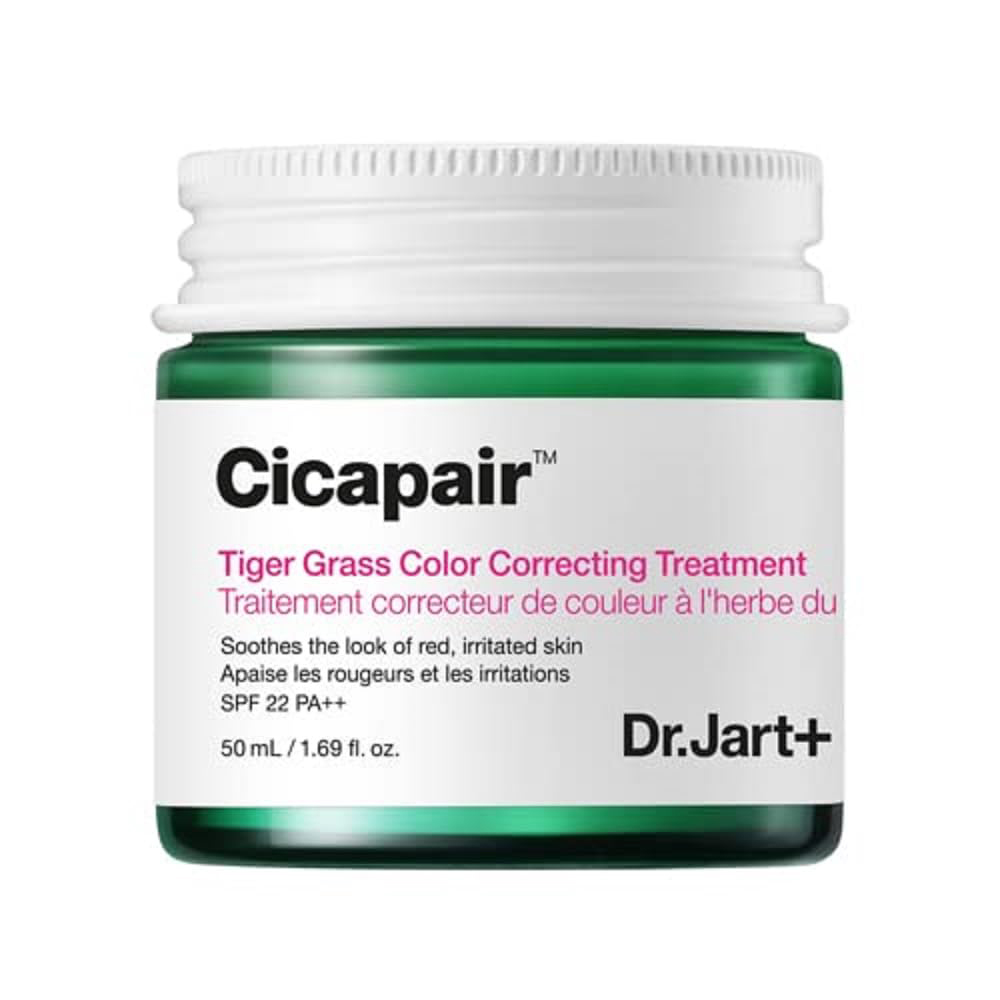
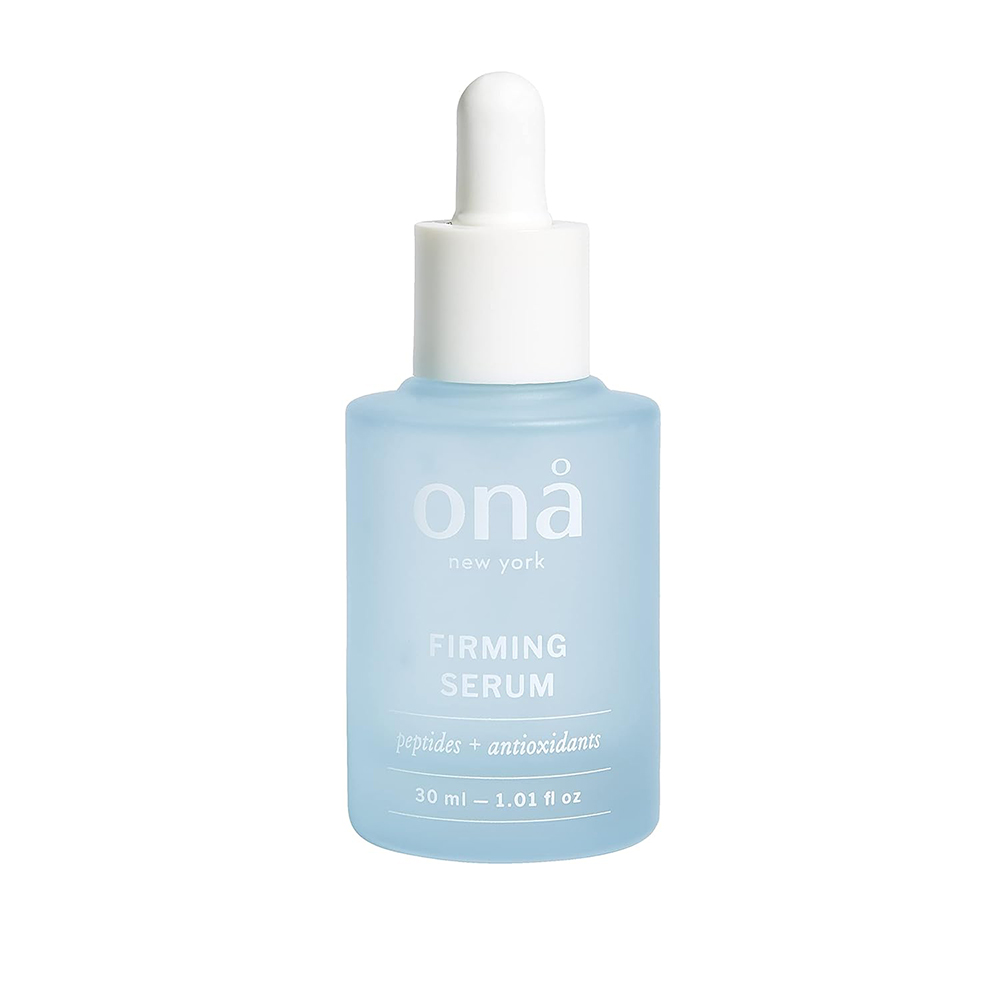
Tranexamic Acid
Dark spots are notoriously difficult to treat, but there’s a new kid on the block to help. “I always recommend tranexamic acid for hyperpigmentation,” Dr. Murphy-Rose says. “It’s proven for effective hyperpigmentation reduction and lacks the risk of a side effect called ochronosis seen with prolonged use of hydroquinone.”
Tranexamic acid is a synthetic derivative of the amino acid lysine that has been shown in studies to be effective at treating melasma and post-inflammatory discoloration. “While the exact way this ingredient works is still unclear, it’s thought to block the interaction between skin cells and melanin-producing cells,” Dr. Schlessinger says. “Additionally, unlike some AHAs, tranexamic acid is suitable for all skin types and can be used in combination with other active ingredients like retinoids and vitamin C.” Both Dr. Schlessinger and Dr. Murphy-Rose recommend the SkinCeuticals Discoloration Defense ($108) for its brightening powers and affinity for repairing sun damage.
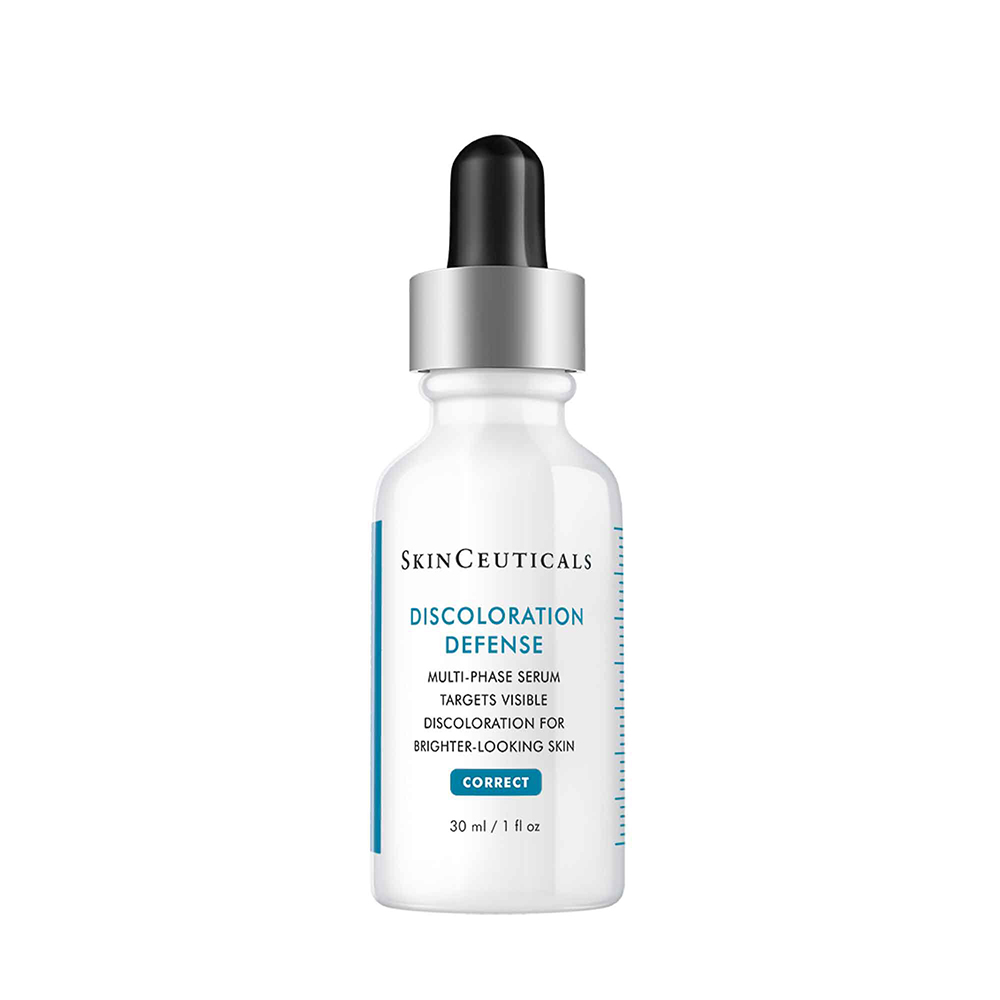
Ceramides
“Ceramides will never lose popularity and are an excellent ingredient for a skin-care regimen,” Dr. Murphy-Rose says. “I am constantly touting their benefit to patients. They are waxy fats that are found naturally in high concentrations in the outer layers of the skin. They help form a shield-like barrier to keep moisture in and to protect from the external environment.”
Vital to a well-functioning skin barrier, ceramides can help repair a damaged skin barrier, allowing irritated skin to recover. They’re necessary to prevent transepidermal water loss, critical to healthy skin and benefit all skin types. “In fact, those with eczema usually have a diminished skin barrier with insufficient ceramide levels,” Dr. Murphy-Rose says. “Ceramides also have anti-aging properties and are believed to reduce free radical damage.”
Ceramides have perks for hair as well as skin. “For the skin, they help hold good things like moisture in and keep bad things like toxins, dirt and bacteria out,” Dr. Schlessinger says. “Ceramides work in hair in much the same way, acting as glue that helps keep the hair cuticle closed, sealing in moisture and preventing breakage.”
First Aid Beauty Ultra Repair Cream ($38) is Dr. Murphy-Rose’s favorite for sensitive skin. Formulated with essential ceramides, soothing shea butter, colloidal oatmeal and antioxidants, this whipped-like cream leaves skin well-protected and hydrated. Another of her picks is the SkinCeuticals Triple Lipid Restore ($150), a rich face cream that’s a perfect fix for extra dry or irritated skin, as it contains ceramides, cholesterol, and fatty acids. Dry, flaky skin immediately appears smoother and more hydrated upon application. For hair, Dr. Schlessinger likes the L’ANZA Healing Colorcare Trauma Treatment ($38), and for the body Replenix Retinol Smooth + Tighten Body Lotion ($71).
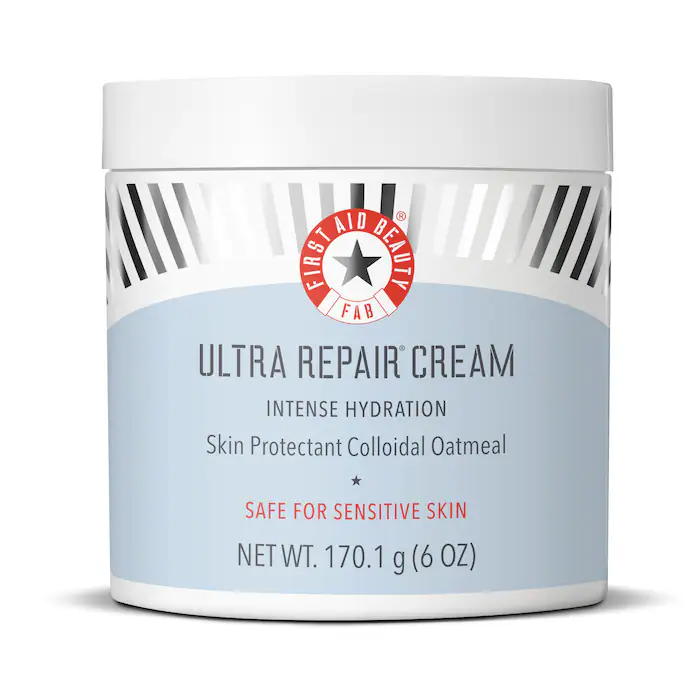
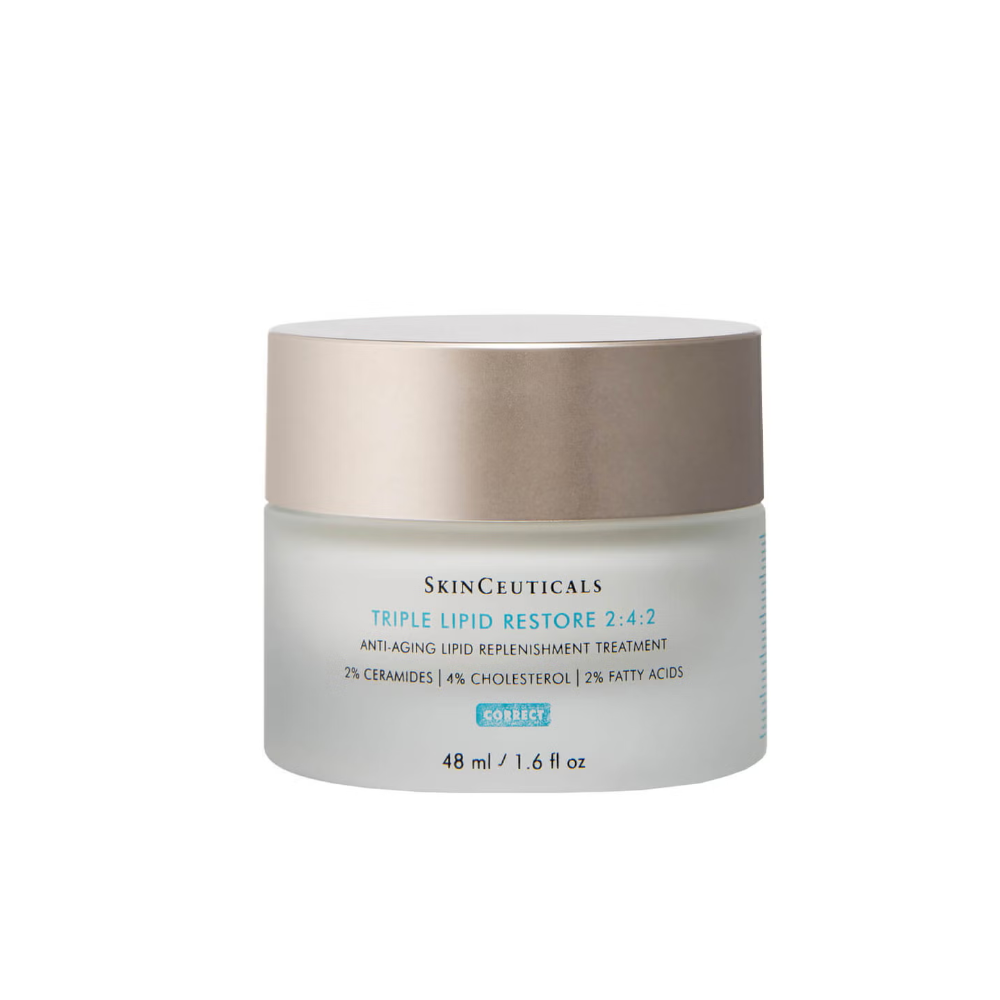
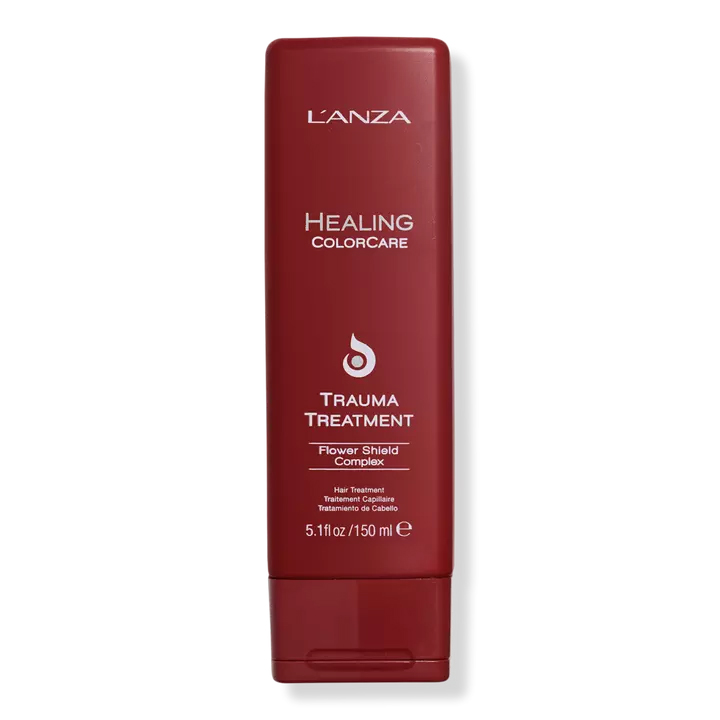
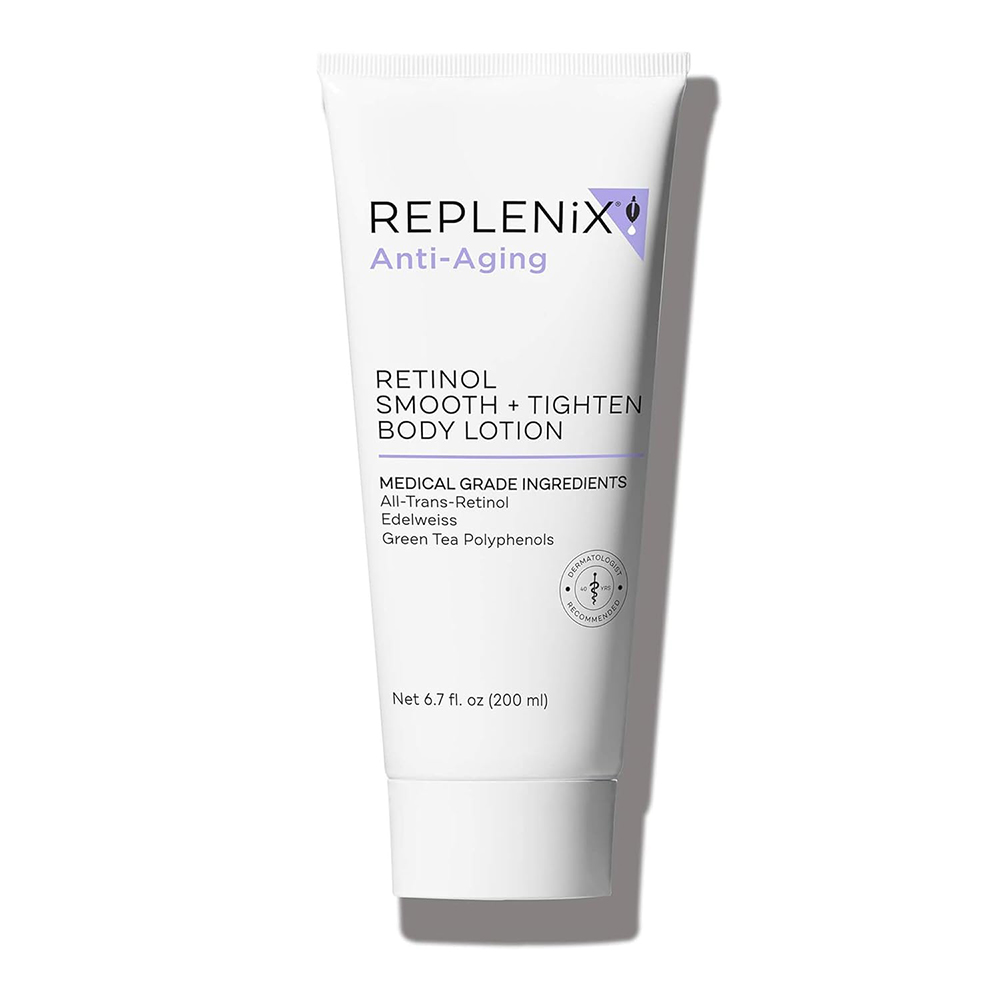
Bakuchiol
Retinol and prescription-strength retinoids—both vitamin A-derived ingredients—are one of the most popular and best-studied anti-aging skin-care ingredients, known for a plethora of benefits, including boosting collagen production in the skin. However, they’re notorious for side effects like irritation, redness and peeling skin, plus they should be avoided if pregnant, trying to conceive or breastfeeding. “However, for those looking for a retinol-alternative either because of a contraindication to retinol (like pregnancy) or having been unable to tolerate retinol, there are good retinol alternatives like bakuchiol that has been increasingly seen in skin-care products,” Dr. Murphy-Rose says.
Bakuchiol is similar to a weaker version of vitamin A, according to Dr. Munavalli. “It’s an interesting ingredient because it very much stimulates the effects of prescription strength topical vitamin A,” he says. Bakuchiol is a pretty trendy one right now for anti-aging, and it also repairs sun damage and promotes healthy skin with cell turnover.” Ideal for sensitive skin, Beekman 1802 Dream Booster Bakuchiol Beta-Retinol Better Aging Serum ($44) fights fine lines, smooths texture and minimizes pores while going easy on your complexion.
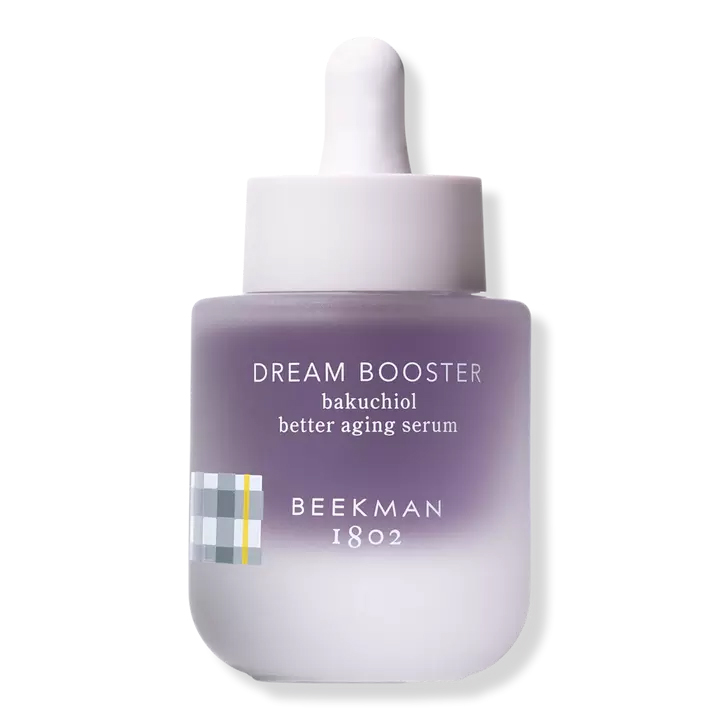
Lychee extract
If you’re looking for more retinol alternatives, you’ve got options. “An exciting yet lesser-known ingredient than bakuchiol and with the same reduced risk of skin irritation is lychee extract,” Dr. Murphy-Rose says, noting rambutan is a derivative of the natural ingredient. “As more consumers are becoming conscious of their environmental impact and choosing sustainable products, lychee is an excellent retinol-alternative ingredient to choose. In an example of upcycling, Embryolisse Complete Serum ($45) highlights lychee extract from plants harvested in Vietnam and uses all parts of the plant to reduce waste.” The gel-like serum is rich in plant-based hyaluronic acid to help plump and hydrate skin.
